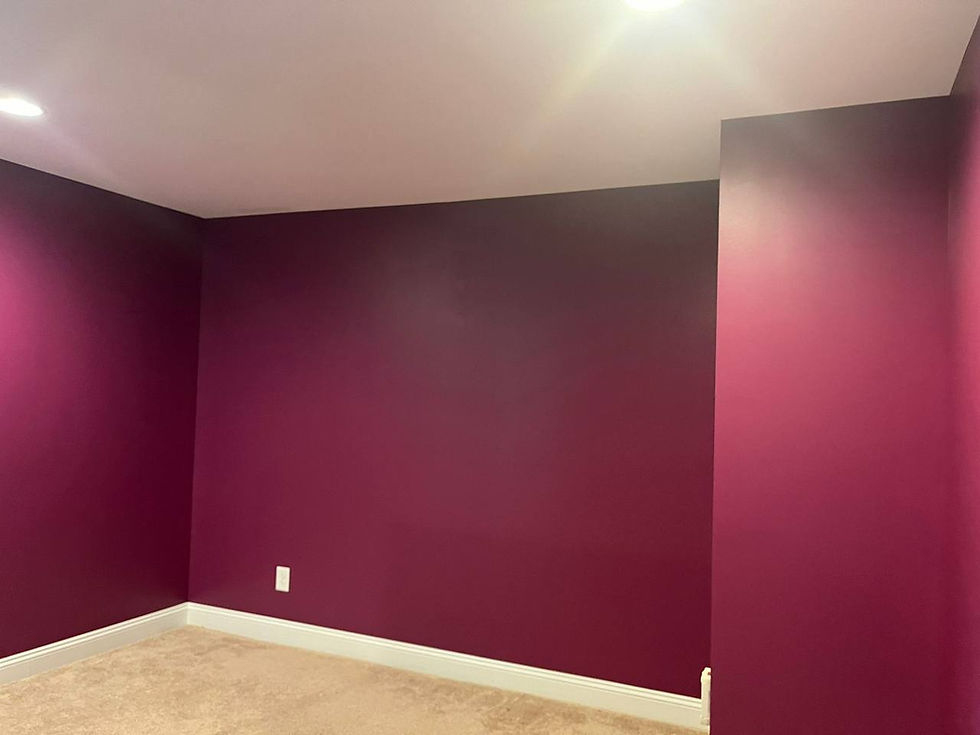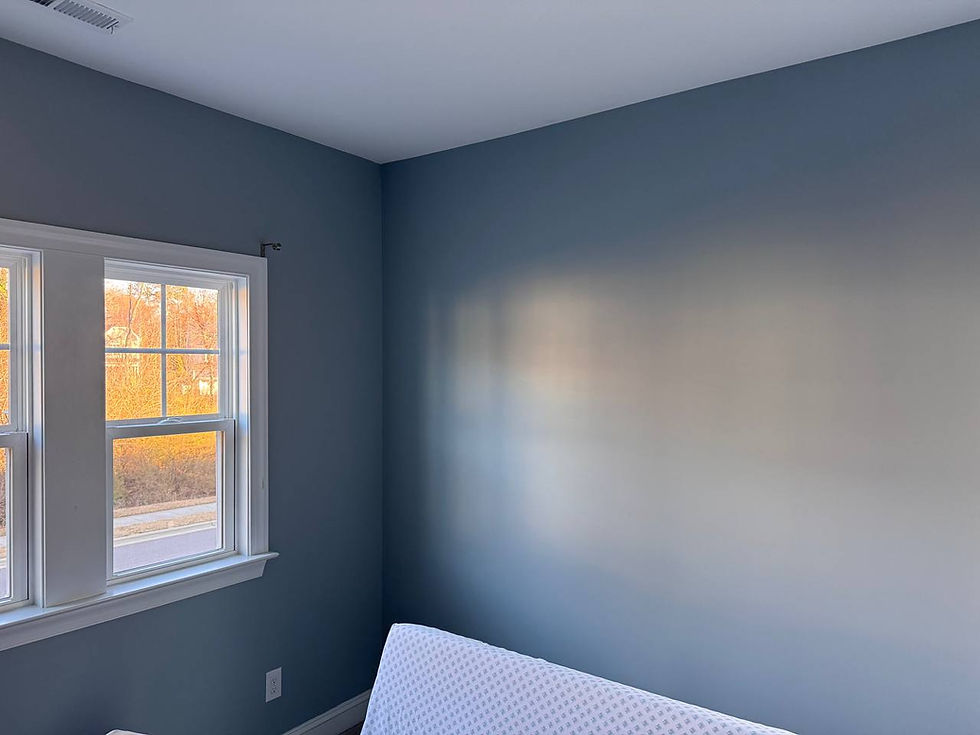How to Mount a TV on the Wall: Tips from Dima
- Dima Handyman

- Dec 4, 2024
- 4 min read
Mounting TVs on walls is one of the most requested services on my website, Dimahandyman.com. Over the years, I’ve seen it all—from TVs mounted too high (giving people a neck workout they didn’t sign up for) to cables dangling like spaghetti. That’s why I’ve decided to share my advice. Mounting a TV may seem simple, but getting it just right can make a world of difference for your comfort and the look of your space.
Here’s a practical, experience-driven guide to help you avoid common mistakes and enjoy your wall-mounted TV to the fullest.

1. Select the Appropriate TV Mount

From my experience, clients often ask, “Do I really need a swivel mount?” or “Is a fixed mount enough?” The answer depends on your space and viewing habits. Here’s a quick breakdown:
Fixed Mounts: Great for minimalists who don’t plan on adjusting the TV’s angle. Keeps the TV flush against the wall.
Swivel Mounts: Perfect if you want to watch TV from different parts of the room.
Tilting Mounts: Ideal when the TV is mounted higher, like over a fireplace.
Full-Motion Mounts: The best option if you need maximum flexibility, especially for corner placements.
Pro Tip: Always check the weight and size limits of the mount. I’ve seen clients buy mounts that can’t handle their TVs—trust me, that’s not a surprise you want.
2. Find the Sweet Spot

This step requires a bit of planning. Clients often think higher is better, but in reality, mounting the TV too high leads to strained necks and tired eyes.
From my experience, the optimal viewing height is when the center of the TV is at eye level when seated. If you’re unsure, do this quick test:
Cut a piece of cardboard the size of your TV.
Tape it to the wall in your desired spot.
Sit down and see if it feels comfortable to look at. Too high? Too low? Adjust until it’s just right.
Also, think about power outlets, cable boxes, and any other equipment. A shelf or hidden cabinet underneath can work wonders for keeping your space tidy.
3. Don’t Forget the Studs

One of the most common mistakes I see is clients trying to mount their TV on drywall alone. Big no-no! You need to anchor the mount to the studs to ensure it can support the weight.
Here’s my process:
Use a stud finder to locate the studs.
Mark the centers with a pencil.
Double-check your measurements before drilling. As I always say, “Mark twice, drill once.”
If your wall is brick, no studs are needed. Instead, use masonry anchors for a secure fit.
What if there are no studs?In cases where studs are unavailable, you can use drywall anchors specifically designed for heavy loads. These can work surprisingly well if installed properly, but they’re more of a backup option. I always recommend going with studs or masonry anchors whenever possible for maximum stability and safety. Use drywall anchors only as a last resort.
4. Hide the Cables

A wall-mounted TV with visible cables is like a tuxedo with sneakers—not ideal. Clients often ask, “Do I have to hide the cables?” My answer: If you want your setup to look professional and clean, absolutely.
Options include:
In-Wall Solutions: Run cables behind the wall for a sleek, invisible look.
Cord Covers: A budget-friendly option to keep cables tidy and out of sight.
Trust me, concealed cables make a massive difference in the aesthetics of your space.
5. Level and Secure

When you’re ready to mount, enlist a friend to help. Hold the mount in place, double-check it’s level, and drill the pilot holes. One tip I give all my clients: Tighten the screws evenly but don’t go all the way until you’ve confirmed the mount is perfectly level. It’s easier to adjust before everything’s fully secured.
6. Attach and Hang the TV

Once the mount is securely on the wall, it’s time to attach the mounting plate to the back of the TV. Always follow the manufacturer’s instructions—no improvising here! TVs can be heavy and delicate, so handle with care.
If your TV wobbles after mounting, double-check the connection between the wall plate and the TV plate. A sturdy fit ensures your TV stays in place, no matter what.
Final Thoughts
Mounting a TV isn’t rocket science, but it does require precision, planning, and a steady hand. From selecting the right mount to ensuring comfortable viewing height and hiding those pesky cables, a little extra effort goes a long way. Many clients start with a DIY approach, thinking it will save time and money, but later admit, “I had no idea it would be this complicated!”
Why stress when you can hire a professional? At Dimahandyman.com, I’ll ensure your TV is securely and perfectly mounted while you relax and marvel at how many measurements go into creating the ideal look. My clients always tell me, “I never thought it could be this detailed!”
With reliable hands and a solid grasp of math, I make sure every angle and height is calculated for your comfort and style.
And hey, if something goes wrong while you’re trying to DIY, just remember: duct tape and hope won’t hold up a TV, but calling an expert will. 😉





Comments